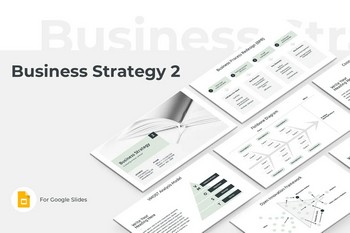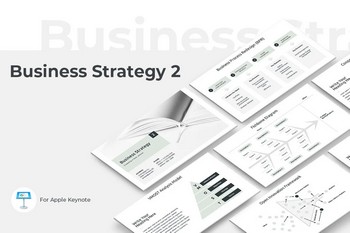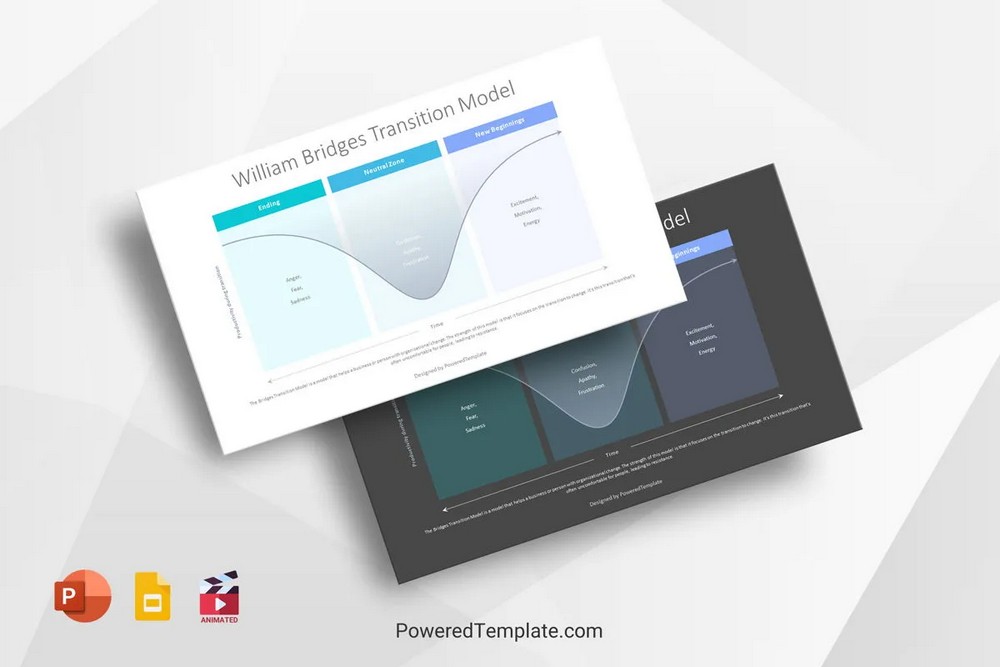This article provides an introduction to business models and includes free presentation templates that can be used to create engaging and informative business model presentations.
The article covers the definition of a business model, and the importance of business models. It explores the key elements of a business model and offers free and premium presentation templates that can be downloaded and customized for various business model presentations.
With this text, we are launching a series of four articles:
- Introduction to Business Models
◄ You are here; - Comparative Analysis of Business Models;
- Business Model Canvas Template;
- Business Model Examples and Case Studies
dedicated to business models, accompanied by examples of presentation templates from the PoweredTemplate library. The use of these templates can be beneficial in practice when developing a presentation for various business models.
Table of Contents
- Introduction
- Key Elements of Business Models
- Free and Premium Presentation Templates of Business Models
- Conclusion
Introduction
Definition of a Business Models
A business model is the foundation of how a company operates and creates value for its stakeholders. It is a conceptual framework that encompasses the fundamental aspects of a business, including its products or services, target customers, revenue sources, cost structure, and competitive advantage.
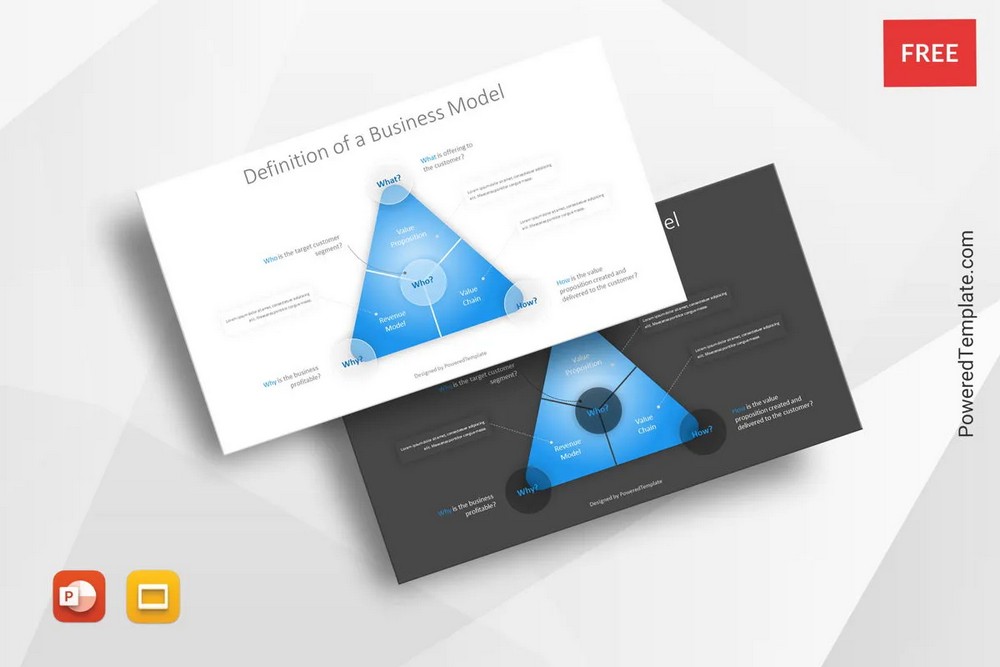
A well-defined business model helps guide strategic decision-making and enables a company to achieve sustainable growth and profitability.
Importance of Business Models
Business models play a crucial role in the success and longevity of an organization. They provide a strategic direction and help align various functions within a company towards common goals. A well-designed business model enables a company to understand its target market, differentiate itself from competitors, and effectively monetize its offerings.
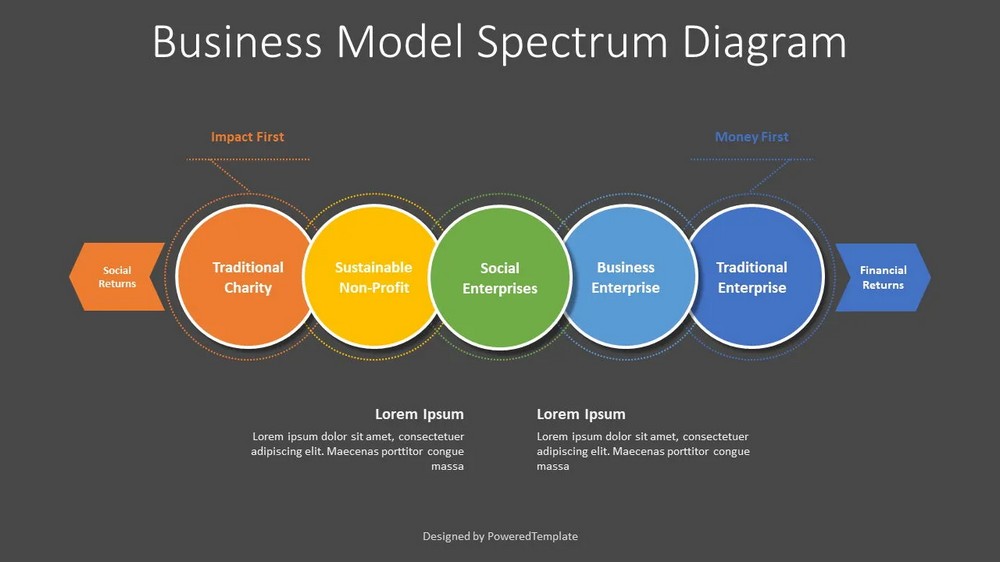
It provides a clear roadmap for how the company will generate revenue, deliver value to customers, and differentiate itself from competitors. It also facilitates adaptation to changing market conditions and helps identify new opportunities for growth.
Business Models Presentation Template
These premium business models presentations templates are a set of moves and actions used to attract customers, compete successfully, strengthen performance, and achieve organizational goals. It outlines how business should be carried out to reach the desired ends.
They include the most known and used strategic business models and frameworks, charts, and graphs and are a must-have tool for creating your successful strategy presentations.
Key Elements of Business Models
Business models consist of several key elements that collectively define how companies operate and create value. Understanding these elements is crucial for developing robust and effective business models.
Value Proposition
The value proposition is a critical element of a business model that describes the unique value or benefits a company offers to its customers. It answers the fundamental question, “Why should customers choose your product or service over competitors?”
A strong value proposition clearly communicates how a company’s offerings address customer needs, solve their problems, or fulfill their desires better than alternative options in the market. It should convey the key benefits, features, or advantages that differentiate the company from competitors and create value for customers.
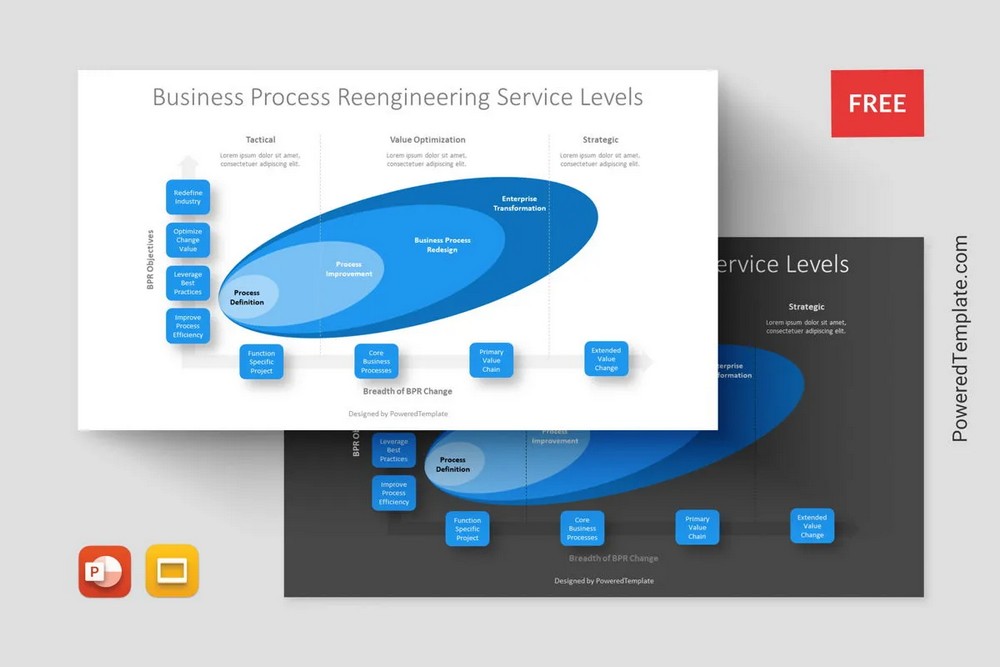
Ultimately, a compelling value proposition plays a pivotal role in attracting and retaining customers, driving sales, and establishing a competitive advantage in the market. It is an essential element of the business models that influences the overall success of a company.
Target Market
The target market is a crucial element of business models that identifies the specific group of customers or market segments that a company aims to serve. It involves understanding the characteristics, needs, preferences, and behaviors of the ideal customers for the company’s products or services.
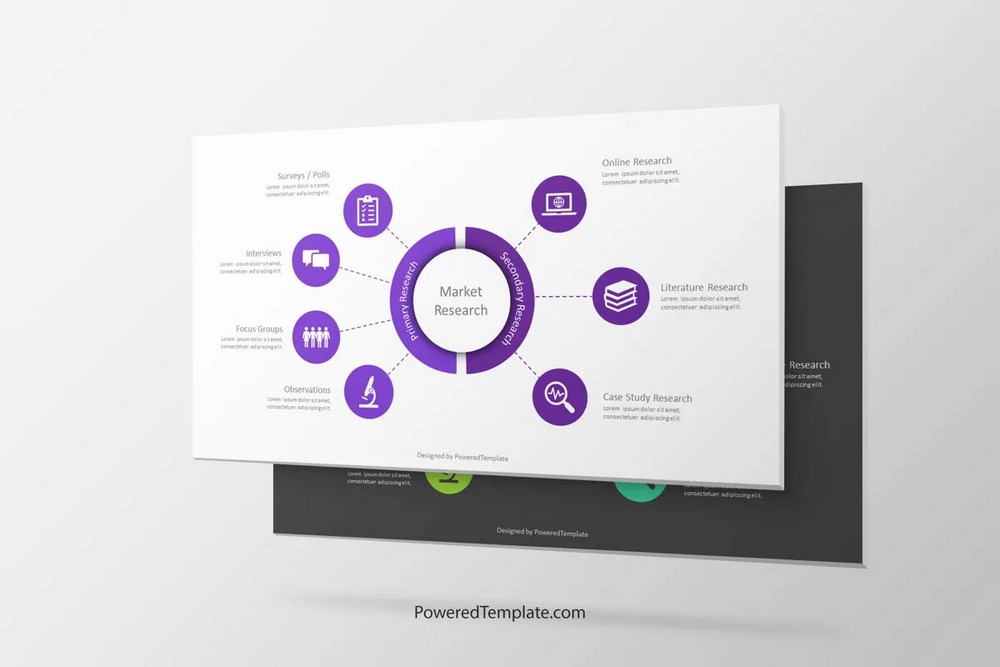
Identifying the target market helps companies focus their resources and efforts on the most relevant customer segments, ensuring efficient use of marketing, sales, and operational resources. By concentrating on a specific target market, companies can tailor their offerings to meet the needs and preferences of customers, resulting in higher customer satisfaction and loyalty.
By understanding the specific customer segments they aim to serve, companies can tailor their offerings, marketing strategies, and customer experiences to create value and establish a strong market presence.
Revenue Streams
Revenue streams are a critical component of business models as they represent the various sources of income generated by a company. It encompasses the ways in which a company earns revenue from its products, services, or other business activities.
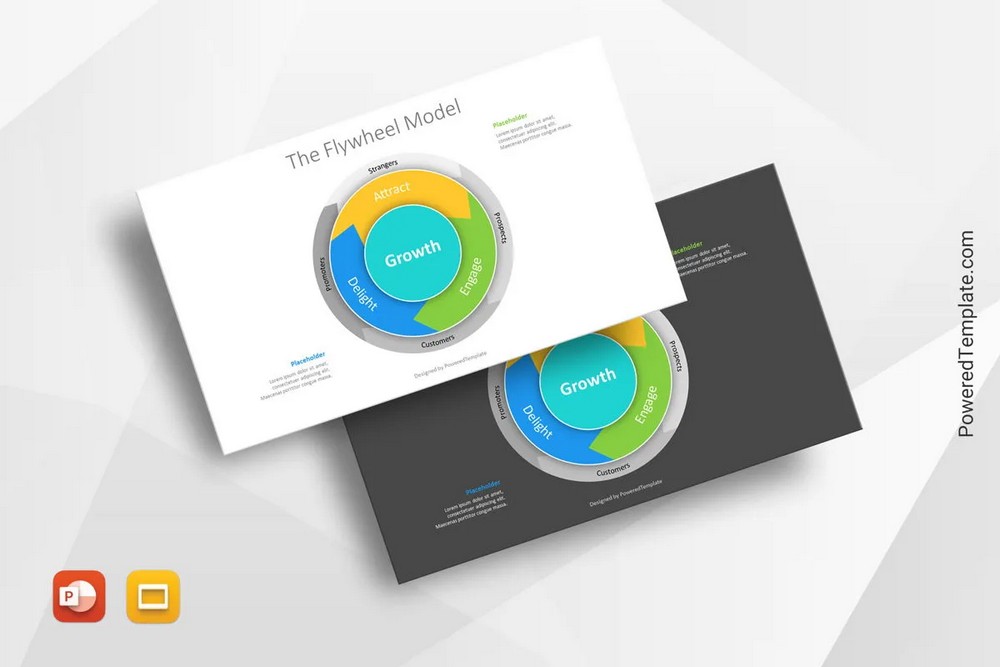
Understanding and effectively managing revenue streams is essential for the financial sustainability and success of a company. By diversifying revenue streams, companies can reduce dependency on a single source of income and mitigate risks associated with market fluctuations or changing customer preferences.
Cost Structure
The cost structure is a fundamental element of a business model that outlines the expenses incurred by a company in its operations. It encompasses all the costs associated with producing and delivering the company’s products or services, as well as the costs of supporting functions and overhead.
Understanding and managing the cost structure is crucial for the financial health and profitability of a company. By analyzing and optimizing costs, companies can enhance operational efficiency, maintain competitive pricing, and maximize profits.
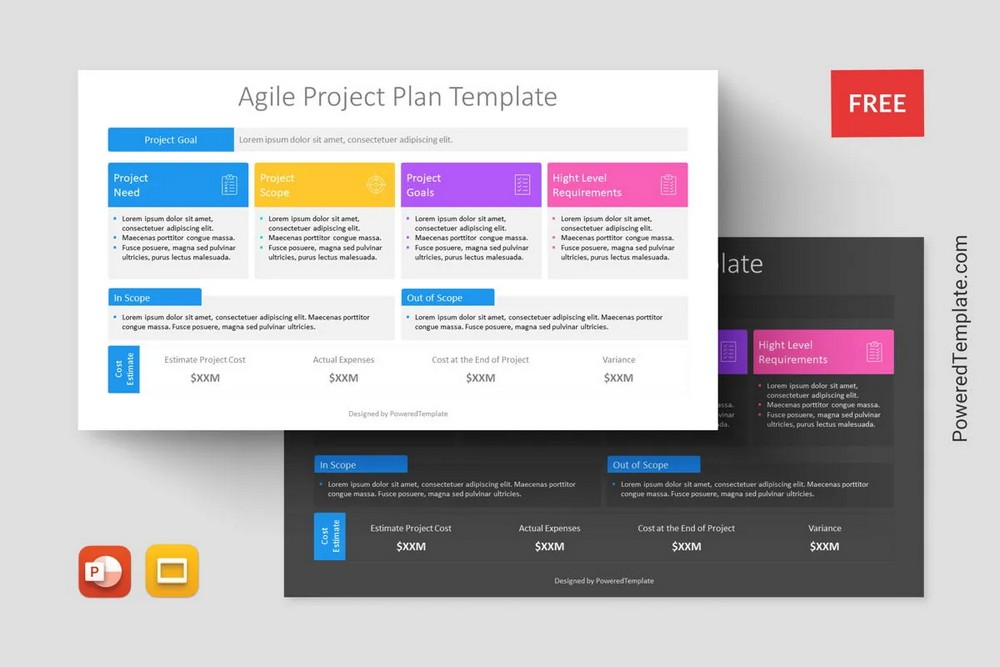
By effectively managing the cost structure, companies can enhance their profitability, maintain competitive pricing, and allocate resources efficiently. It also provides the flexibility to invest in growth initiatives, research and development, and other strategic endeavors that drive long-term success.
Key Resources and Activities
The key resources and activities are essential elements of business models that represent the core assets, capabilities, and actions required to deliver the company’s value proposition and operate its business.
- Key resources refer to the tangible and intangible assets that a company needs to create, deliver, and support its products or services.
- Key activities represent the core operational tasks, processes, and actions that a company performs to deliver value to customers and achieve its business objectives.
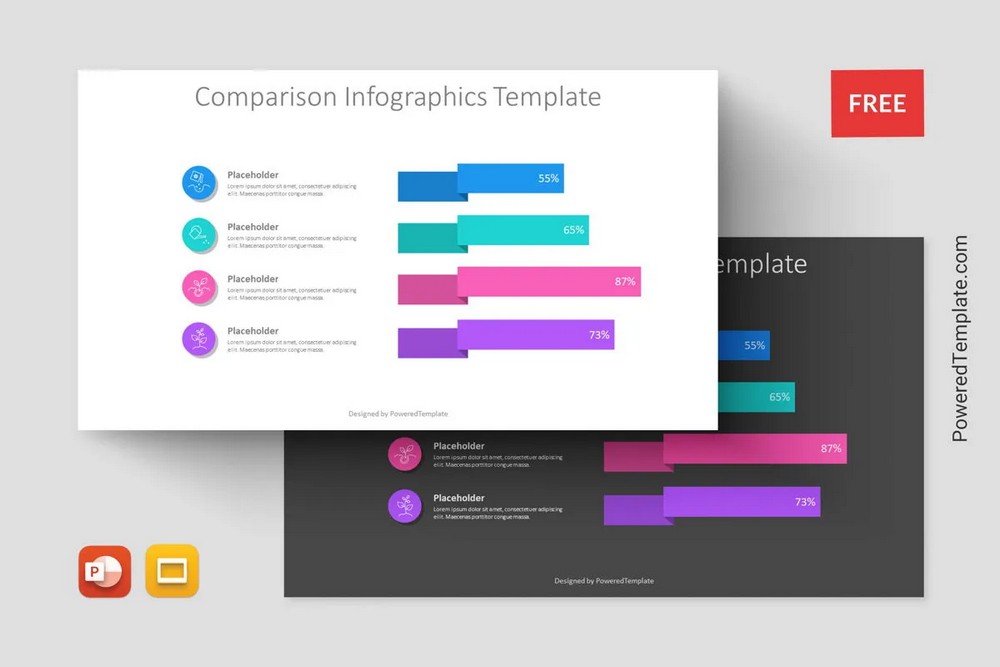
By aligning resources effectively, companies can optimize their operations, differentiate themselves from competitors, and meet customer needs and expectations. Additionally, continuously evaluating and adapting key resources and activities enables companies to remain agile in response to market changes and evolving customer demands.
Channels of Distribution
Channels of distribution refer to the pathways through which a company delivers its products or services to customers. These can include physical stores, online platforms, direct sales, intermediaries, or a combination of multiple channels. Choosing the right distribution channels is critical for reaching the target market efficiently and maximizing customer reach.
Competitive Advantage
Competitive advantages can arise from factors such as product differentiation, cost leadership, unique capabilities, brand reputation, or customer loyalty. Identifying and leveraging competitive advantages is essential for sustained success and long-term profitability.
Free and Premium Presentation Templates of Business Models
Creating a visually appealing and informative presentation is essential when discussing business models. To assist you in delivering a compelling presentation on models, the PoweredTemplate library has available various free and premium presentation templates that can be utilized. These templates provide a professional and polished look, saving you time and effort in designing the slides from scratch.
Free Presentation Templates of Business Models
Premium Presentation Templates of Business Models
Conclusion
In the conclusion, we summarize the key points discussed in the article. We emphasize the importance of well-defined models in guiding strategic decision-making, achieving sustainable growth, and ensuring profitability. We also highlight the key elements of a business model, including the value proposition, target market, revenue streams, cost structure, key resources and activities, channels of distribution, and competitive advantage.
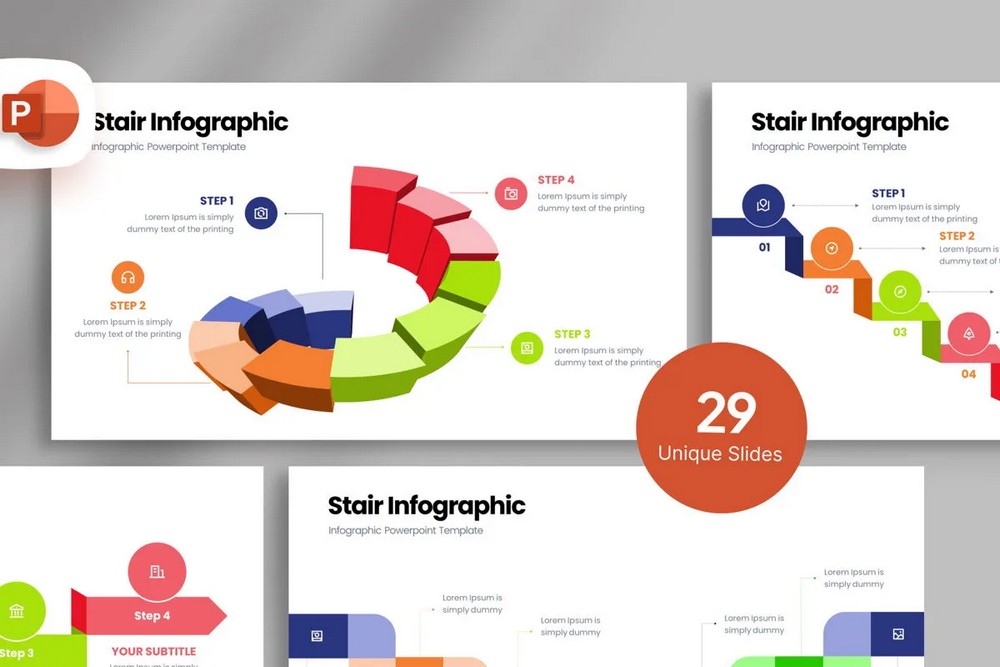
Lastly, we encourage readers to utilize the free and premium presentation templates provided to create impactful business model presentations that effectively communicate their unique value proposition and drive success.



